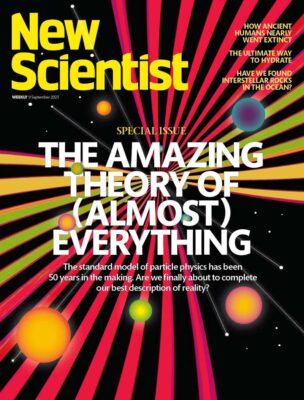
Our amazing picture of the particles and forces that make reality took decades of invention and experiment to piece together
LOOK closely enough and almost everything we know of in the universe boils down to a handful of elementary particles. These entities constitute individual threads of the scientific masterpiece that is the standard model of particle physics, our current best picture of matter and its workings.
Its roots lay in the quantum revolution early in the 20th century, where the classical, common-sense notion that everything is predictable was unceremoniously thrown out. By contrast, the development of the standard model was anything but a revolution. Instead, it was more like the gradual forming of a new order, constructed piece by piece by dozens of physicists across decades.
Many expected the new order to fail. But it didn’t. In fact, the standard model has survived every test we have thrown at it, including attempts to create new particles or to find new forces that it doesn’t predict (see “Six ways we could finally find new physics beyond the standard model“). So how, exactly, did physicists working throughout the 20th century come up with such an unbreakable framework? This is the story of the most successful theory we have ever devised. […]
The rest of this article is available here.